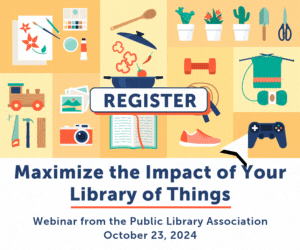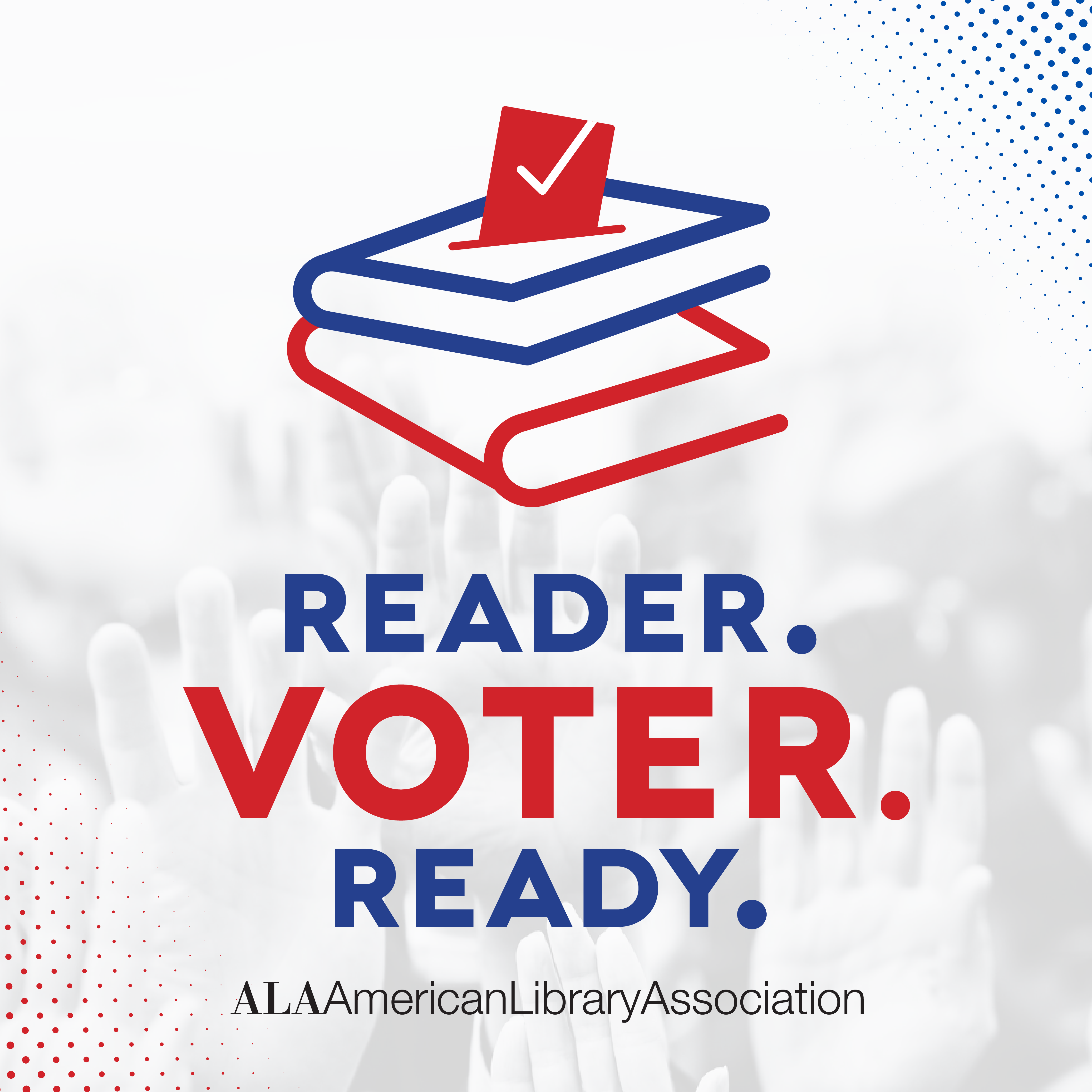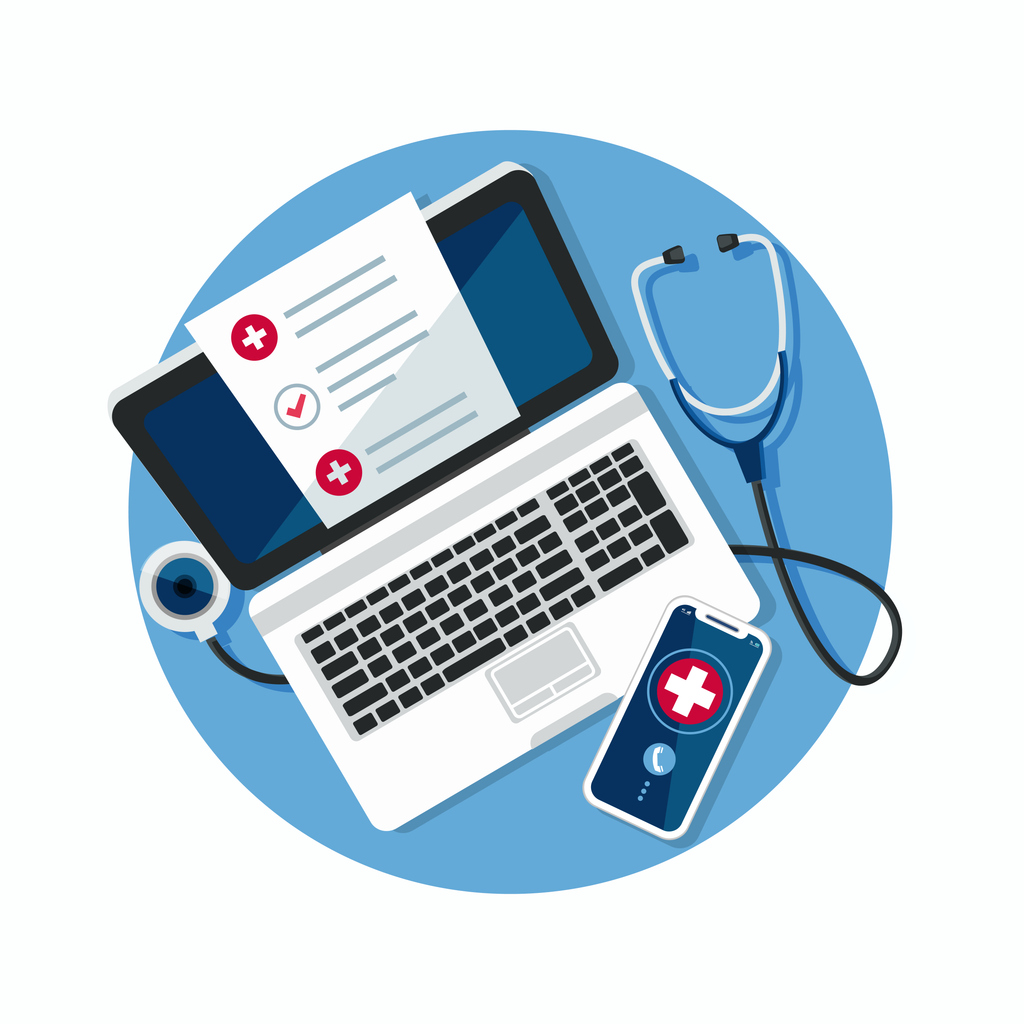Disasters: Providing Resources for Your Community

There is no shortage of evidence that libraries and librarians can effectively fulfill many roles in disaster planning, response, and recovery (Featherstone, Lyon, and Ruffin 2008; Fitzgerald 2012; Paulsen 2012). Although your library probably already has emergency action plans in place, you can do more for your community as a library professional:
- Subscribe to the DISASTR-OUTREACH-LIB Listserv.
- Check out the Disaster Information Management Research Center’s page devoted to Librarians and Disasters.
- Make sure your library participates in National Preparedness Month.
- Seek out partnerships with local emergency management agencies to hold events at your library.
- Do what you do best: provide accurate and relevant information to patrons.
Compiling Disaster Resources
After looking at conventional patron-oriented resources, think about some of the resources you already provide and/or disseminate that would not normally fall under the disaster topics, and consider which of those resources may be helpful in times of disaster. Try finding additional resources to address different learning styles and literacy levels among your library’s community members. In addition to national resources (e.g. the Red Cross’s disaster relief page for getting assistance, which includes registering or searching the Safe and Well list), be sure to include information on the local level. Finally, disseminate your information in an appropriate format.
My public library’s literacy program utilizes the National Institutes of Health’s MedlinePlus tutorials for its initiative on health literacy. This website also contains information on natural and manmade disasters. The user interface is intuitive and familiar to our adult learners, who have already used MedlinePlus for learning about health topics, such as diabetes or heart disease. There are two ways to find information about hurricanes: clicking through links or using the search feature. As such, we would include the Medline website among in our resources list.
After researching familiar resources, assess whether you have addressed all of the different learning styles–visual, auditory, and tactile. In the above example, MedlinePlus is known for having videos on health topics, but its disaster topics do not have multimedia presentations. However, the California Emergency Management Agency (Cal EMA) provides videos related to disasters on its YouTube channel. Patrons can also subscribe to that YouTube channel and get updated videos related to disasters. Cal EMA also provides links to its news blog, Twitter, Facebook, and Flickr accounts. You can help your users subscribe to updates on any of these social platforms. Interestingly, social media and text messaging might be the only working means of communication during disasters. See FEMA’s blog post on communication in disasters.
Cal EMA is just one of the many resources available for my patrons. University of California Television and the California Preparedness Education Network partnered to create a four-part series on disasters. While this series provides information to the public about disaster management and preparedness, it is geared toward health professionals, which would not be my audience in this situation. As a result, I would probably not include this resource in the information we make available to the public.
To find location-specific resources, examine your state’s agencies that are in charge of emergency management. Perform web searches for crisis, disaster, and emergency management. Seek out the social media platforms these agencies use, as well.
References
Featherstone, Robin M., Becky J. Lyon, and Angela B. Ruffin. “Library roles in disaster response: an oral history project by the National Library of Medicine.” J Med Libr Assoc. 96, no. 4 (October 2008): 343–350. doi: 10.3163/1536-5050.96.4.009.
Fitzgerald, Britney. “Where To Find Internet, Phone Service In New York City After Hurricane Sandy.” The Huffington Post (November 2012). Retrieved from http://www.huffingtonpost.com/2012/11/01/internet-service-new-york-hurricane-sandy_n_2057934.html.









